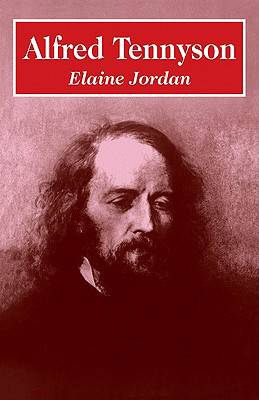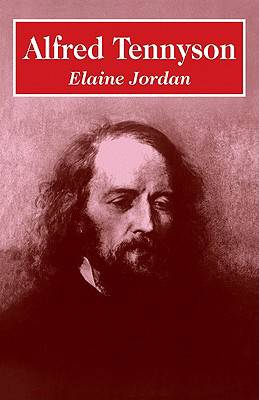
- Afhalen na 1 uur in een winkel met voorraad
- Gratis thuislevering in België vanaf € 30
- Ruim aanbod met 7 miljoen producten
- Afhalen na 1 uur in een winkel met voorraad
- Gratis thuislevering in België vanaf € 30
- Ruim aanbod met 7 miljoen producten
Zoeken
€ 69,45
+ 138 punten
Uitvoering
Omschrijving
This book provides a valuable introduction for students and other readers of Tennyson's poetry and presents an account of its major themes and concerns. Elaine Jordan examines Tennyson's uneasy position as a writer of the male middle-class ascendancy and shows how his poetry reveals ambivalent attitudes towards manliness, war, and nineteenth-century scientific rationality. In his early Idylls she finds him experimenting with different political attitudes, investigating the relationship between individual happiness and general progress; in his monologues he is caught between motion and stasis, calling into question the Romantic quest to integrate the language of self with its object; in The Princess he addresses contemporary debates on the role and status of women; his In Memoriam explores loss and relationship through images of the body and questions of language; Maud deals with images of masculinity and femininity in relation to to violence and sexual love; and Idylls of the King, his most imperialist and most pessimistic poem, highlights his regard for intuition and vision in the face of scientific 'laws' of nature and society. The study introduces these themes and shows how they relate to each other.
Specificaties
Betrokkenen
- Auteur(s):
- Uitgeverij:
Inhoud
- Aantal bladzijden:
- 208
- Taal:
- Engels
- Reeks:
Eigenschappen
- Productcode (EAN):
- 9780521313377
- Verschijningsdatum:
- 24/06/1988
- Uitvoering:
- Paperback
- Formaat:
- Trade paperback (VS)
- Afmetingen:
- 140 mm x 216 mm
- Gewicht:
- 267 g

Alleen bij Standaard Boekhandel
+ 138 punten op je klantenkaart van Standaard Boekhandel
Beoordelingen
We publiceren alleen reviews die voldoen aan de voorwaarden voor reviews. Bekijk onze voorwaarden voor reviews.








